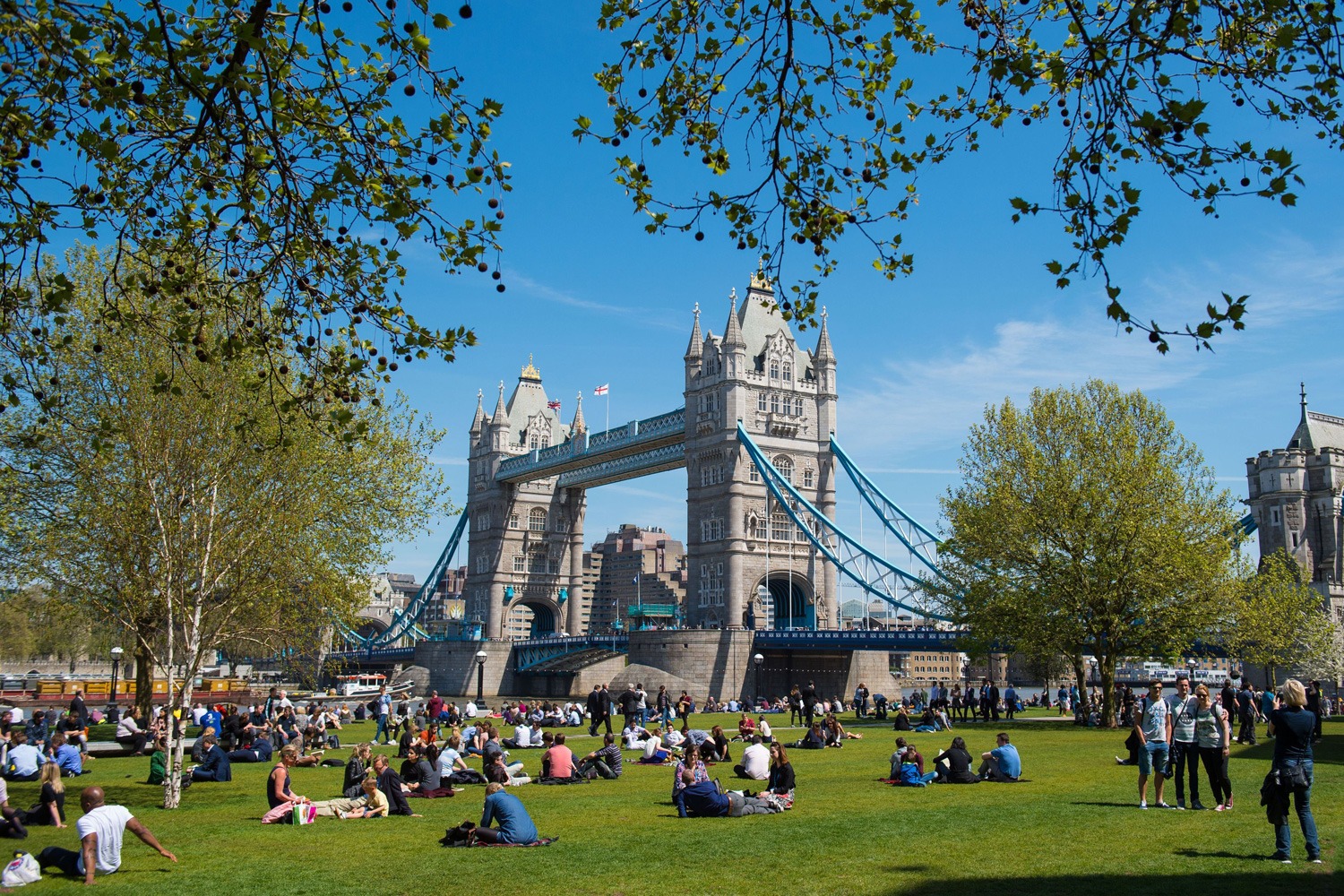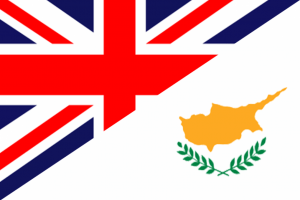Things you should know about weather before moving to the UK

What’s the most common opening line in a British conversation? “What’s the weather going to be like tomorrow?”, or, “The weather’s great/horrible/rainy/lovely today”.
And why is that? Simply, because the climate here is incredibly varied and unpredictable. The weather can change drastically from day to day and between different regions, despite being a relatively small island.
Let’s take a look at how British weather varies from season to season and region to region.
Northern England
Planning a visit to the North of England in the winter? Pack layers! The further North you go, the colder and windier it’s likelier to be. The North West tends to get quite a significant amount of rain, but the North East has much less.
Southern England
Southern England is the warmest area of the UK, with less rain and higher temperatures than all over regions. The closer to the coast you are, the cooler temperatures you’re likely to experience due to the closeness to the Atlantic Ocean.
West of England and Wales
West of England and Wales have warm summers and mild winters due to its close proximity to the Atlantic Ocean – sounds great, right? Not quite – they have a lot of rain as a trade in.
Scotland
Scotland is the coldest part of the UK – there’s no doubt about it! The average winter temperature is just -0.2oC and it’s also the wettest place in the UK every month except May, June, and December. You should totally still visit, though.
Northern Ireland
Northern Ireland is warmer than Scotland throughout the year and has milder winters than England or Wales. Northern Ireland is generally drier than both Scotland and Wales, but wetter than most of England. Really, in terms of weather, it is best to think of it as halfway between England and Scotland in temperatures, and halfway between England and Wales in rainfall.







